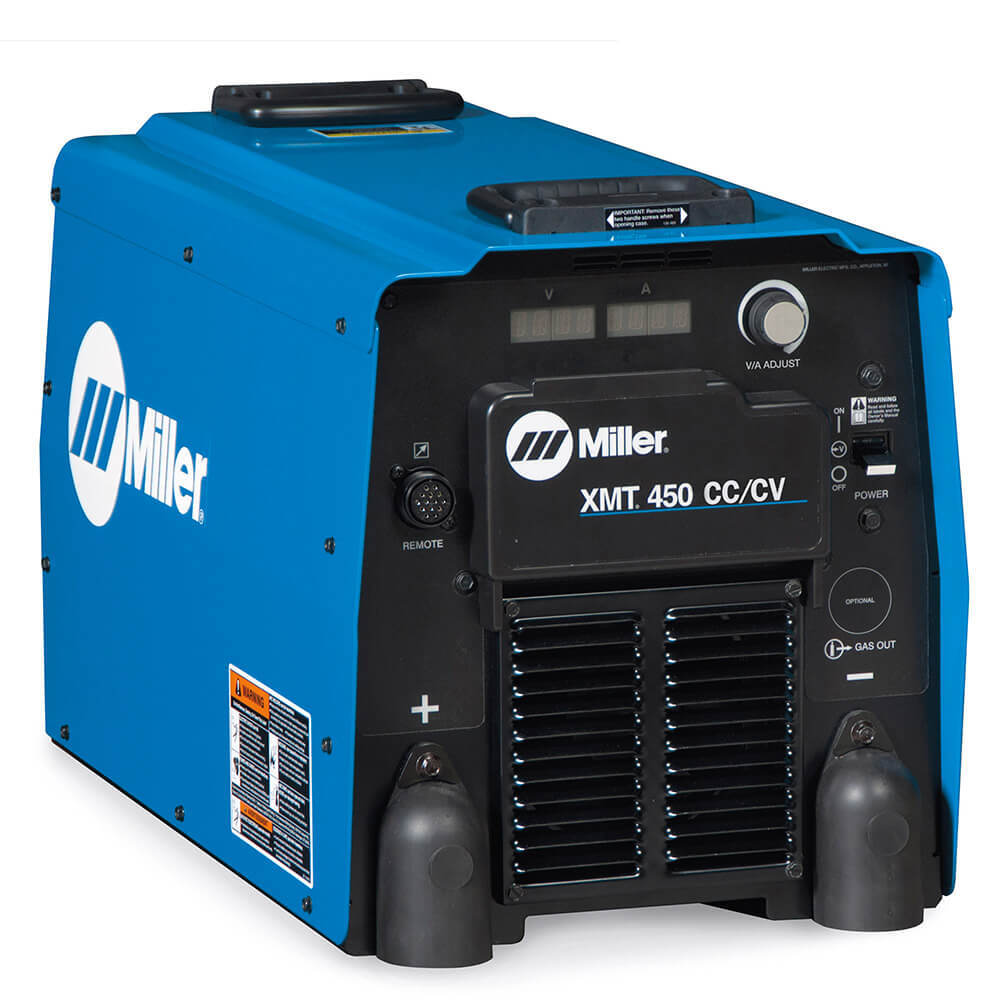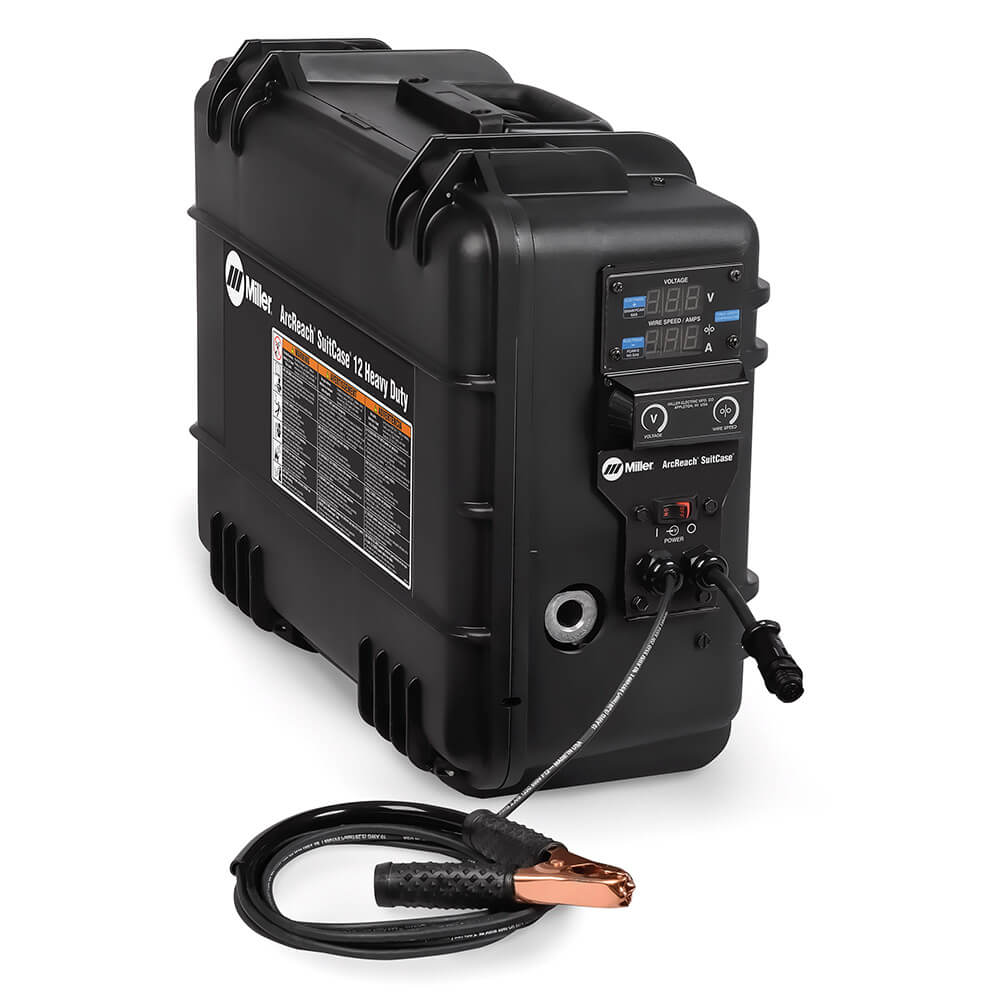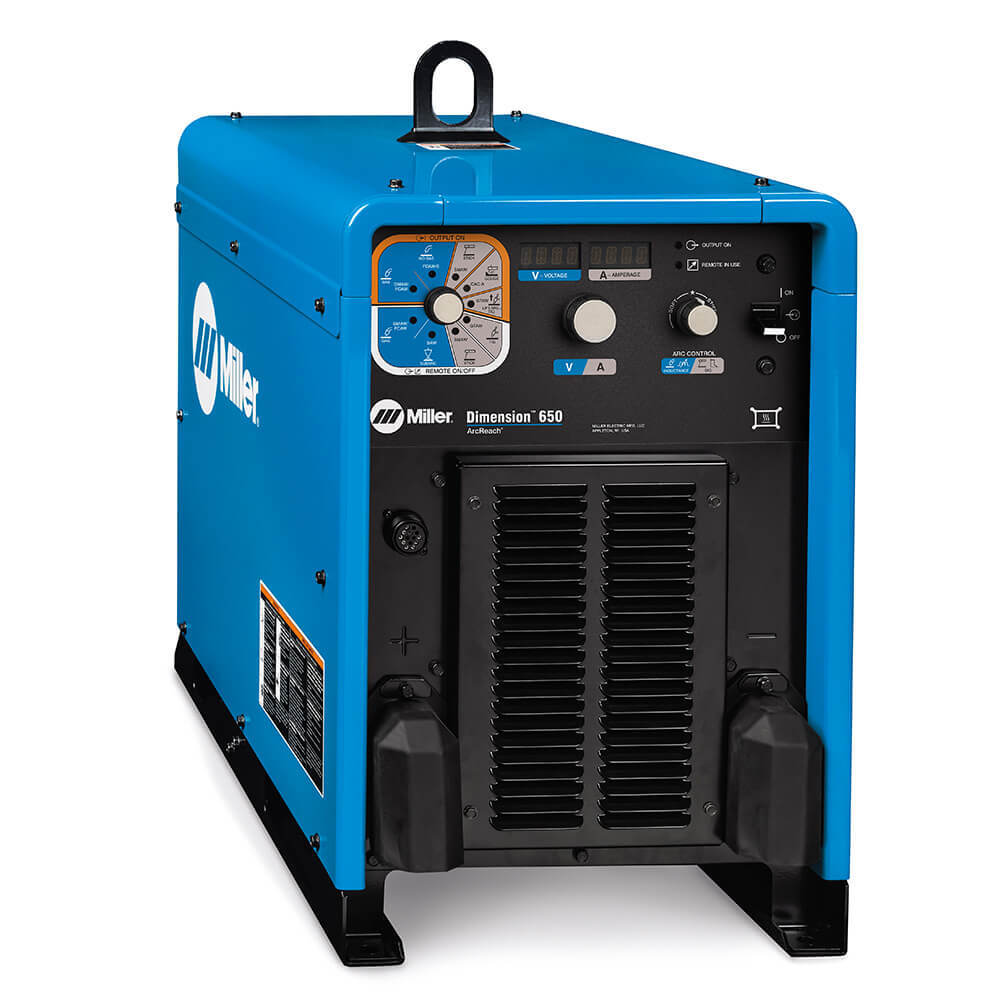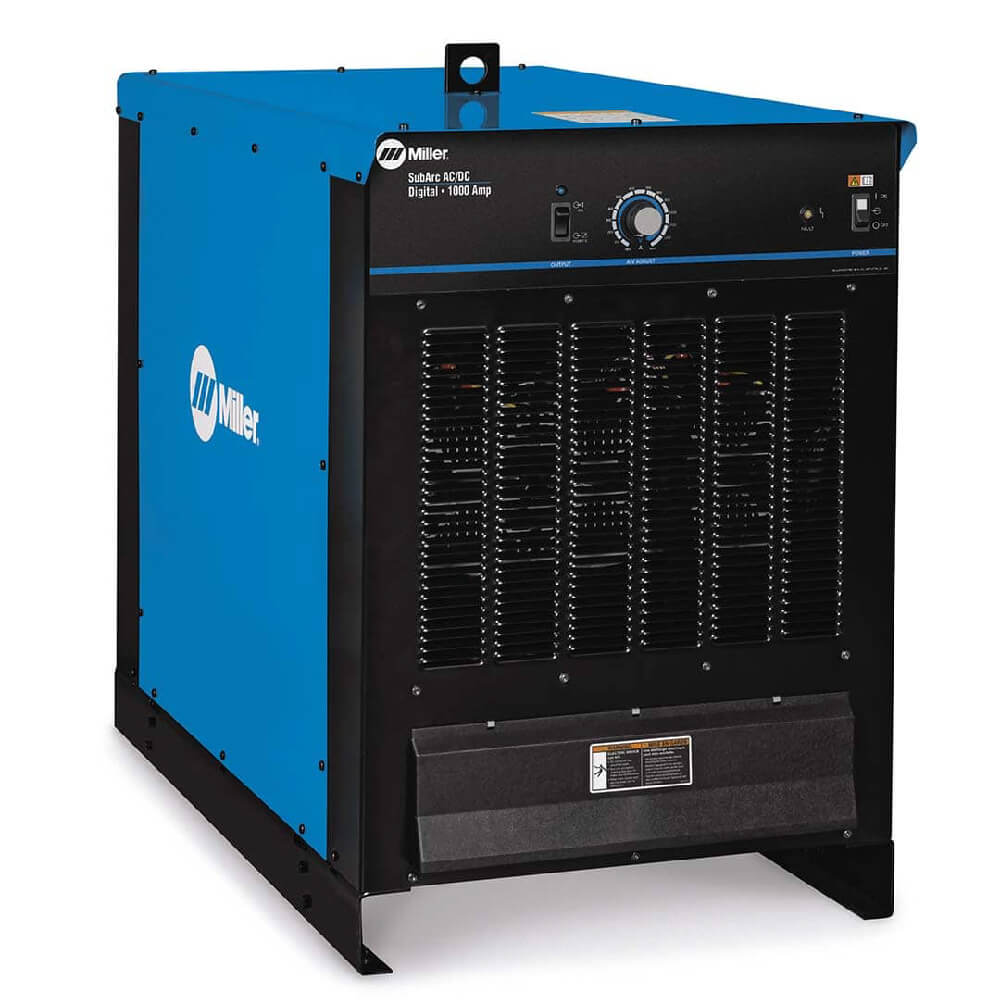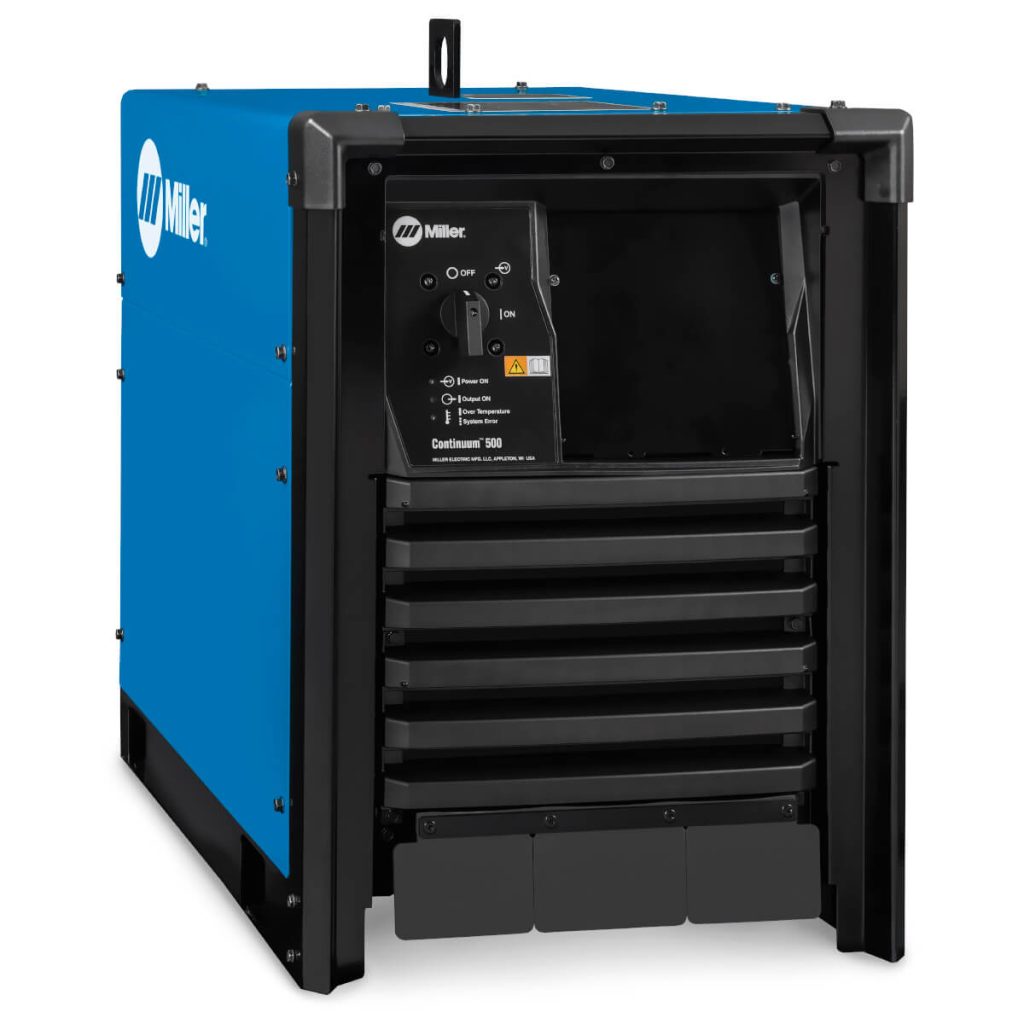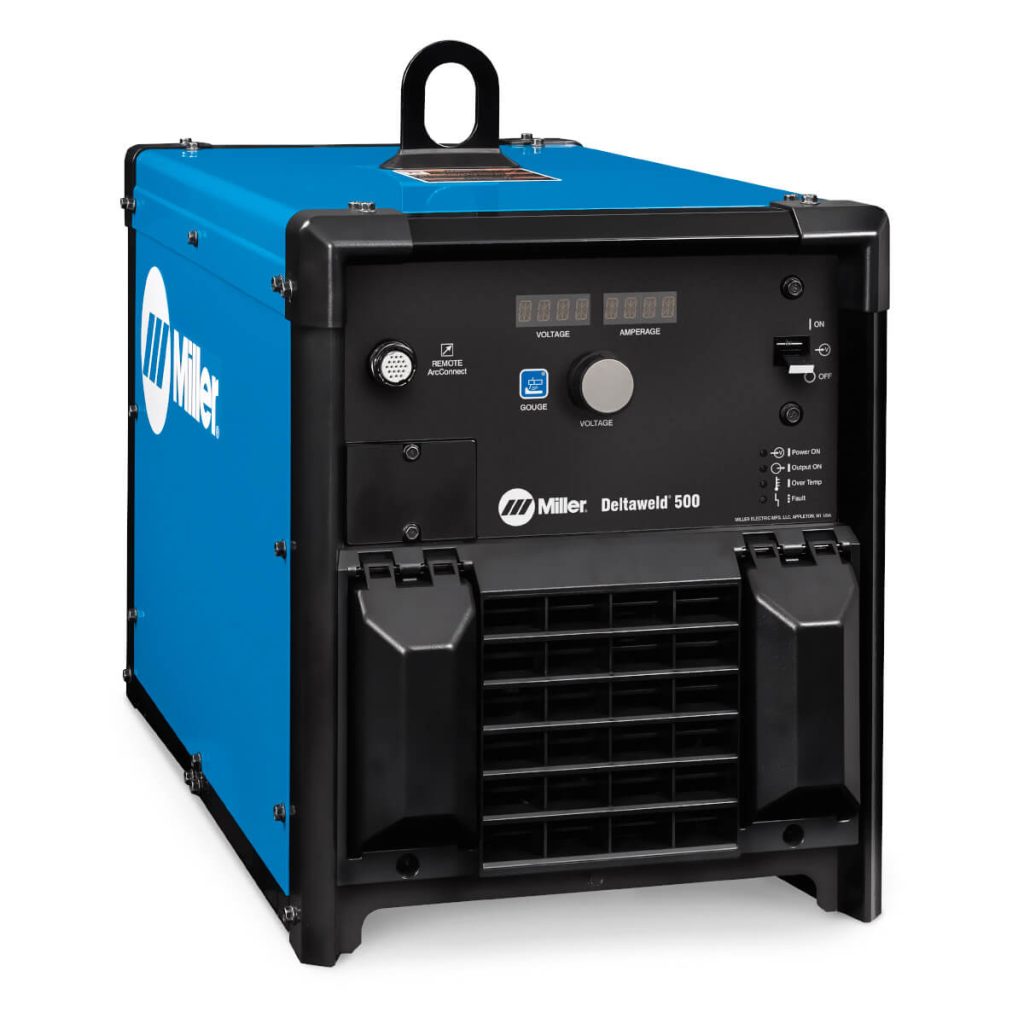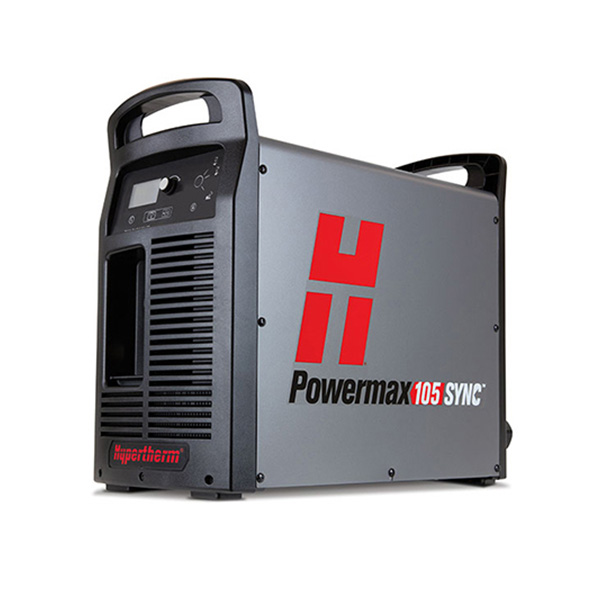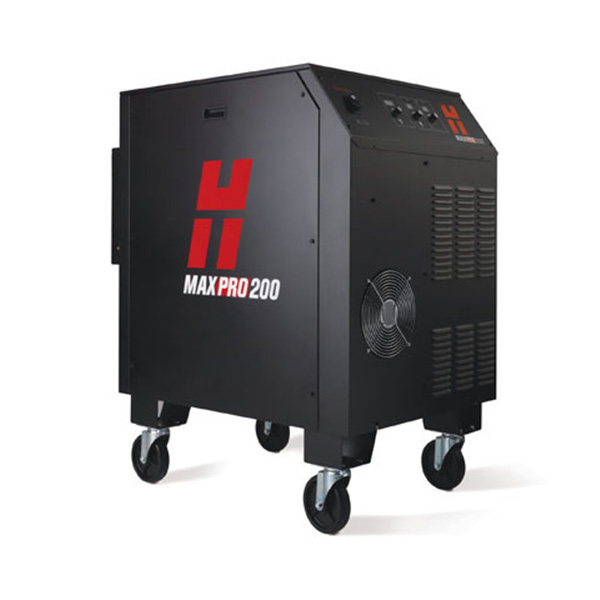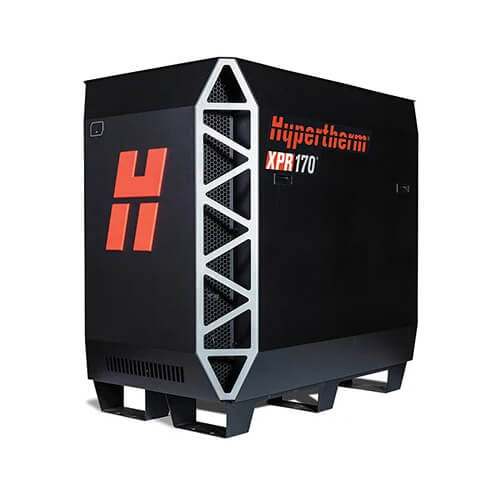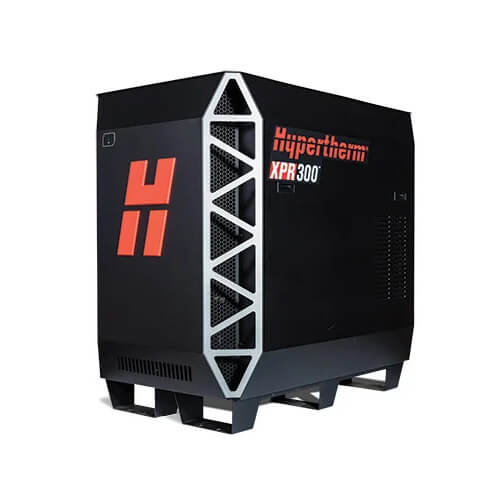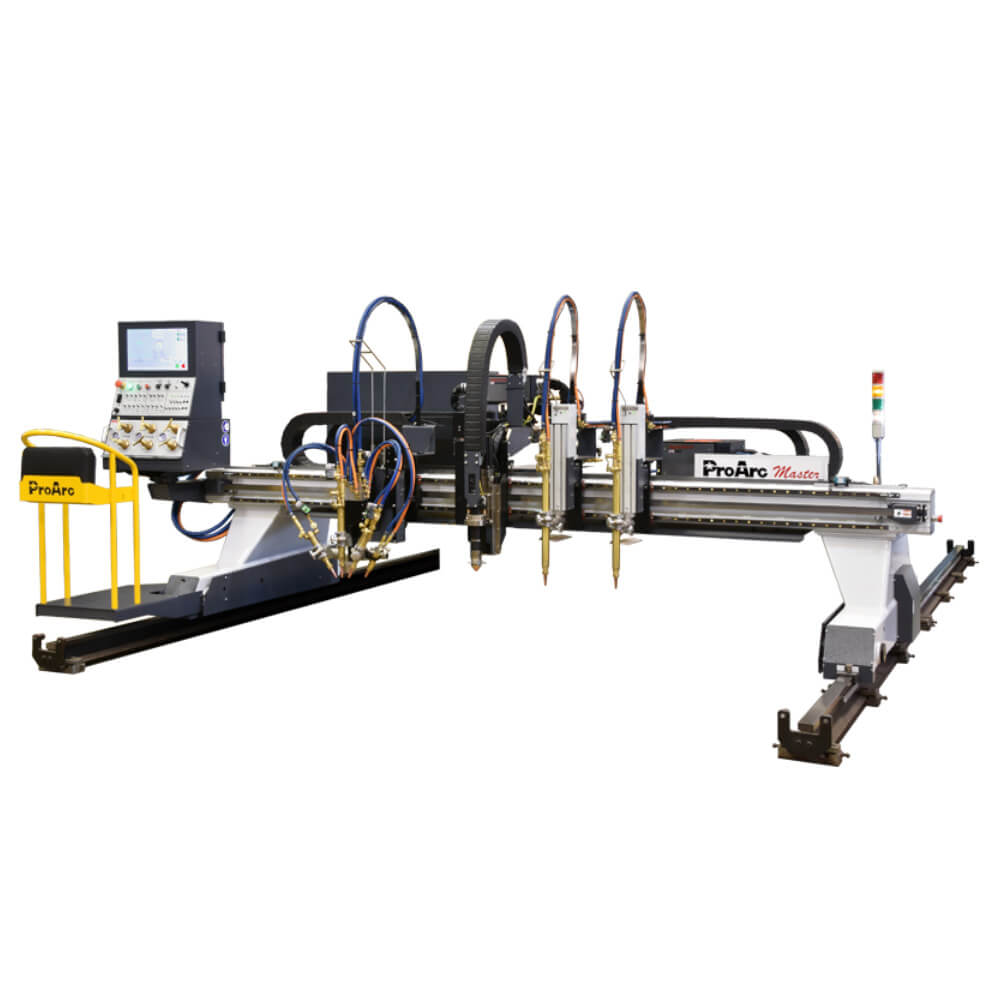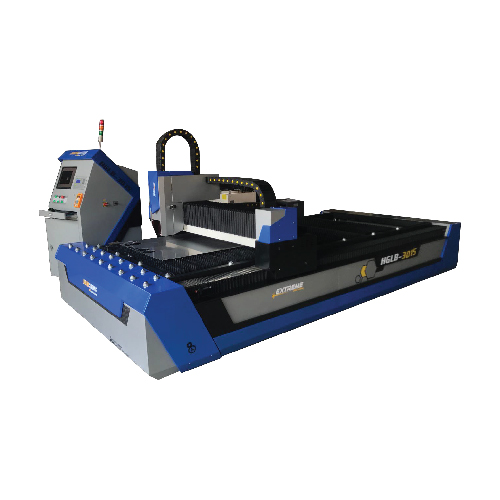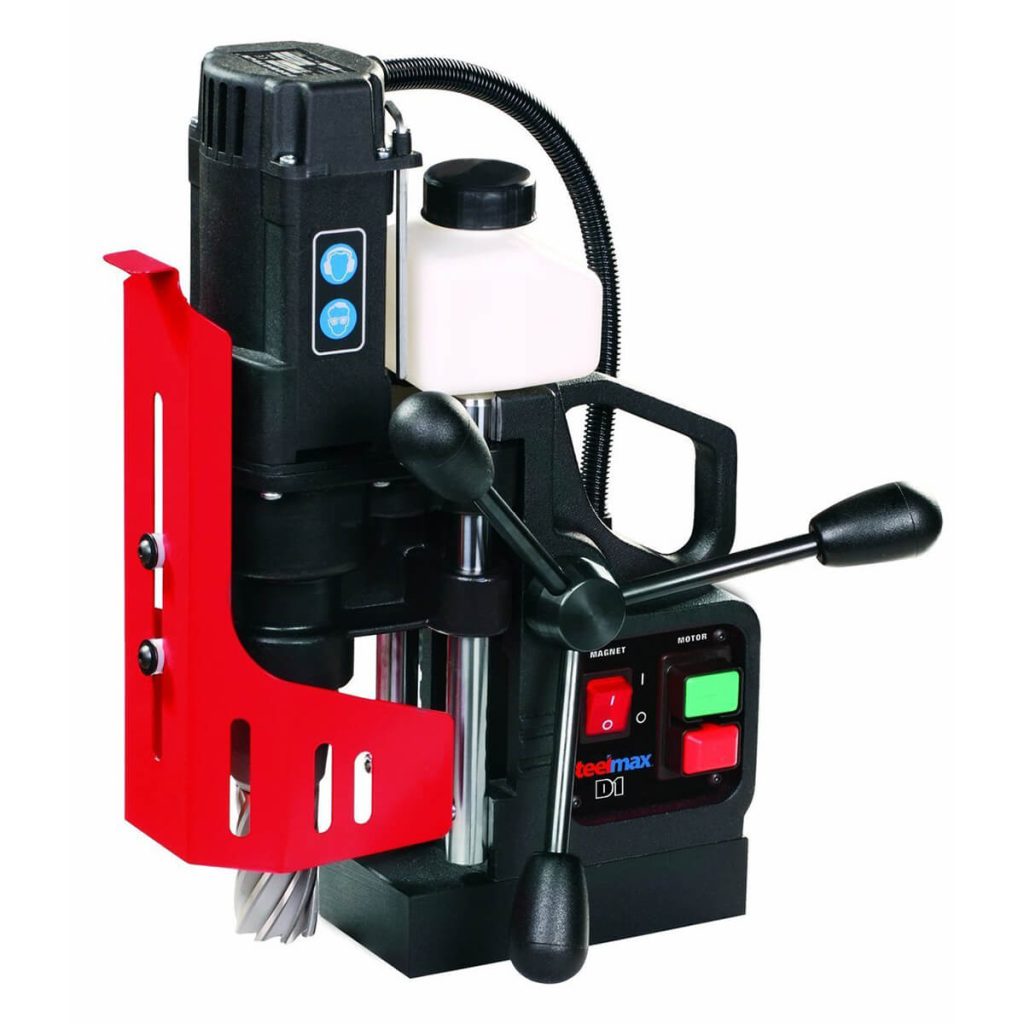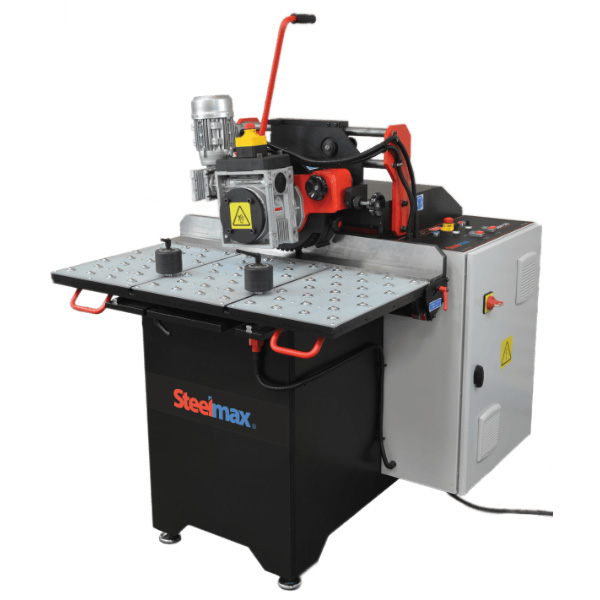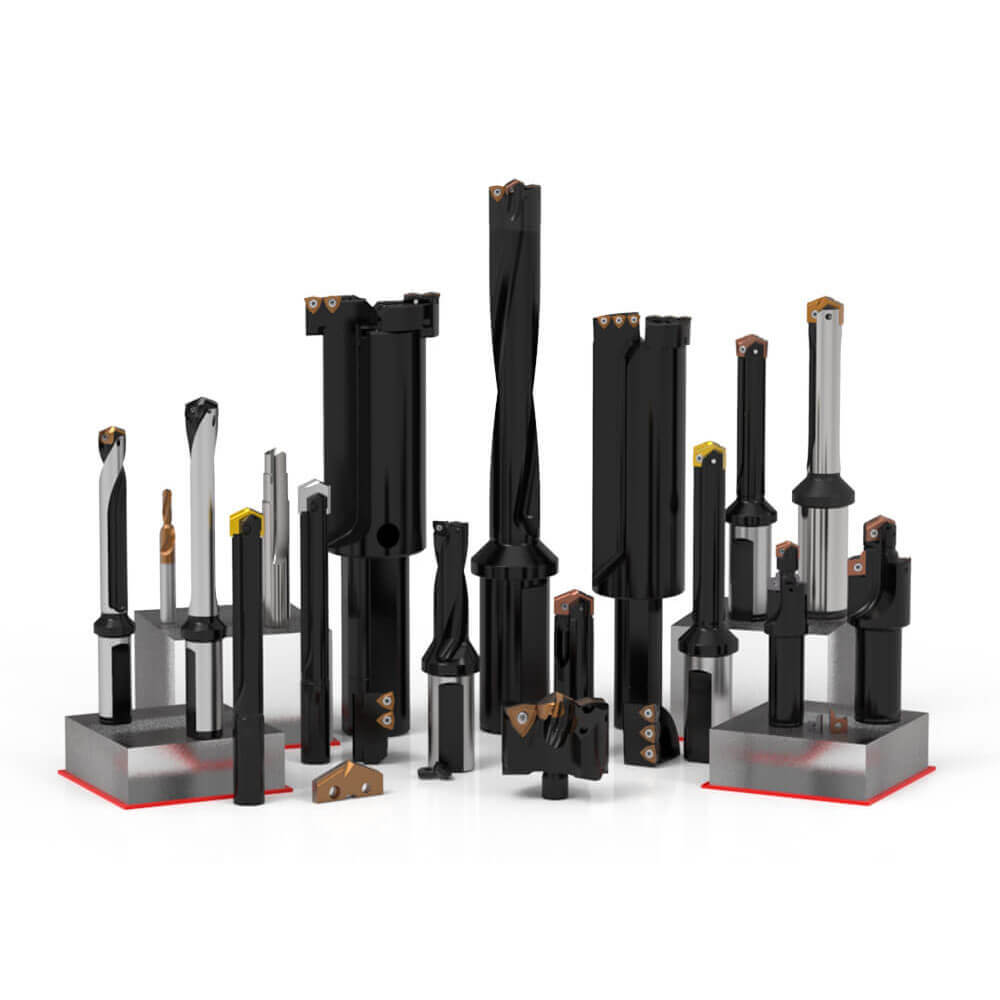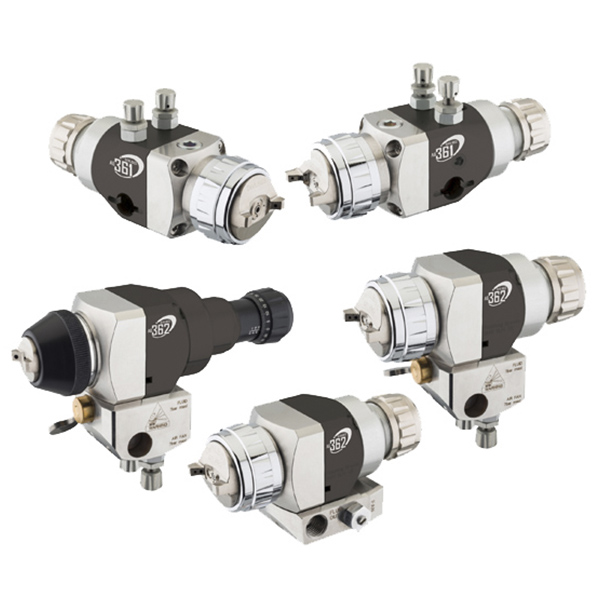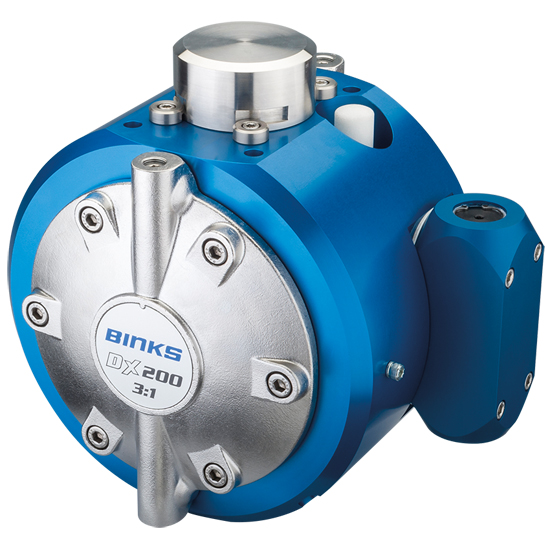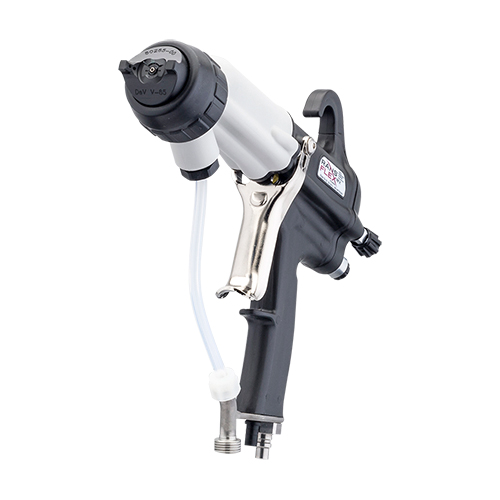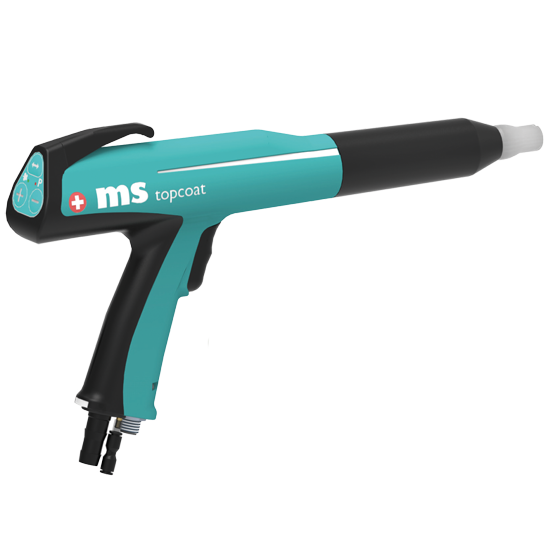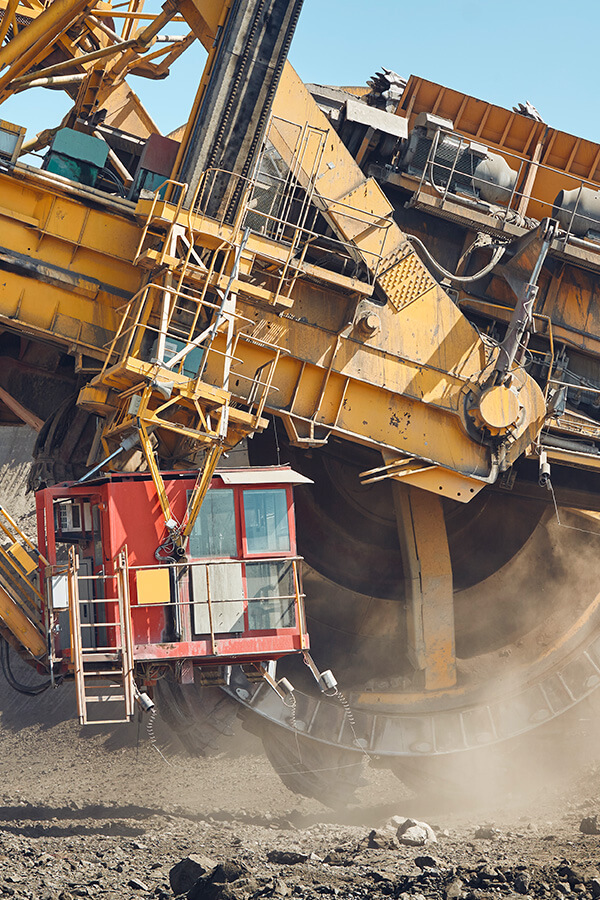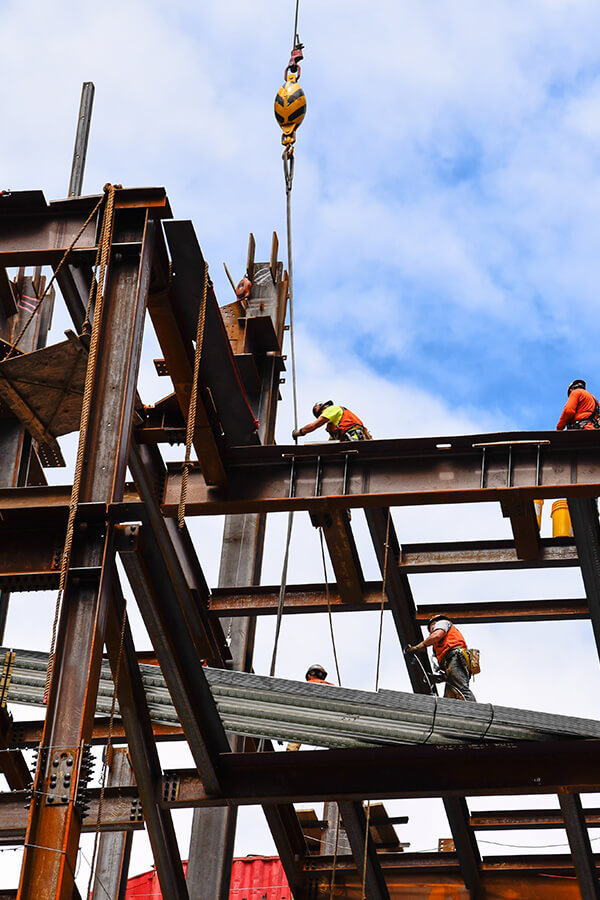Technological solutions
Solutions for the Metalworking Industry
The metalworking industry usually helps other industries and plays a prominent role as a basic link in the production of consumer goods. It is dedicated to the transformation of raw materials into materials suitable for manufacturing, the machinery to produce them, or completely finished products.
The metalworking industry is essential for technological development and for improving people’s quality of life.
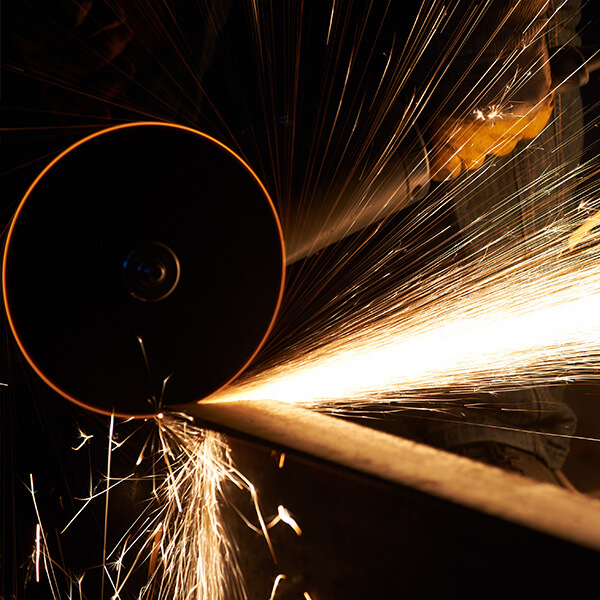
Equipment, Spare Parts, Accessories and Consumables for Welding, Cutting and more.
It could be said that the metalworking industry serves as a base for other industries since it partly provides what is necessary for them. Approximately 50% of the products of the metalworking industry are used by the manufacturing industry.
The metalworking industry covers the manufacture of industrial machines and tools, as well as the production of profiles, sheets, tubes, and other metal parts to supply other industries. The manufacturing industry will use those machines and turn those parts into consumer goods, such as vehicles, refrigerators, clothing, and food. The construction industry will use them to build buildings. Other industries, such as agriculture, also benefit from the metalworking industry.
The countries with the most advanced metalworking industry in the world are the United States, Japan, China, Germany, and Spain. An average metalworking company can provide anything from simple metal cutting to high-tech parts.
Metallurgy vs. Steel industry
Metallurgy is a sector of the industry that is responsible for extracting and treating metals obtained from metallic minerals, both individually and in alloys with others.
The steel industry, on the other hand, is another sector of the industry that is responsible for extracting and treating iron only, to produce steel and its alloys, mostly with carbon.
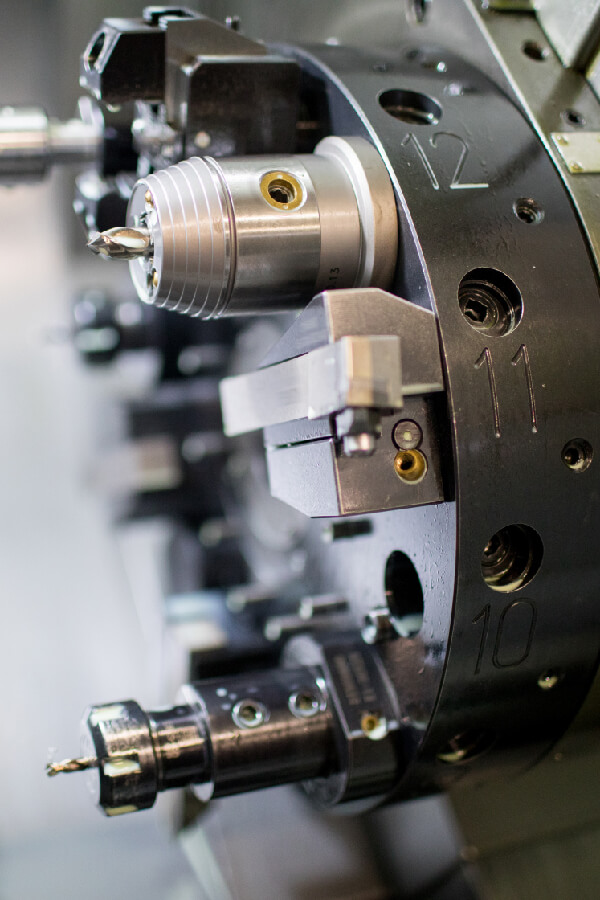
Solutions for industries
Machining processes in the metalworking industry
Machining is a manufacturing process that requires the action of a machine that, through friction or abrasion, will cause a metal part to acquire a capacity or characteristic. The types of machining processes are:
Turning: It is a process that manages to rough, cut, thread, trapeze, cylindrical, and slot geometrically shaped parts per revolution. The piece to be machined is located in a central axis while one or several pieces, depending on what you want to obtain, are pushed in a controlled movement, cutting the shavings or excess until reaching the desired shape.
Milling: It is a high-precision process that is executed through a machine with a rotary tool with several cutting edges (milling machine). This systematically removes the chips from the part to be machined. Milling reduces production times and can be integrated into a CNC numerical control.
Boring: It is a process that has the objective of making holes in the piece to be machined by turning a drill bit. There are hydraulic, electric, manual, magnetic, hammer drills, etc. The thickness of the piece to be machined can determine which drill should be used.
Solutions for industries
Shape change processes in the metalworking industry
Shape change processes, as is clear from its name, allow one or more metal parts to acquire a different shape, by adjusting, or by joining it. The types of shape change processes are
Welding: It is a process for joining metal parts permanently. It consists of applying an electric arc to melt the metal pieces that, when cooled, will form a single piece. In some cases, filler materials are added during welding.
Foundry: It consists of melting or melting a metal to pour it into a mold, where it solidifies, obtaining the new shape. Basically, this process could also be applied to other non-metallic materials, such as plastic.
Laminate: It is a process that consists of creating sheets and profiles from the steel ingots obtained from the iron casting process.
Forging: It is a process in which compression forces are applied to deform the metal, obtaining a specific shape.
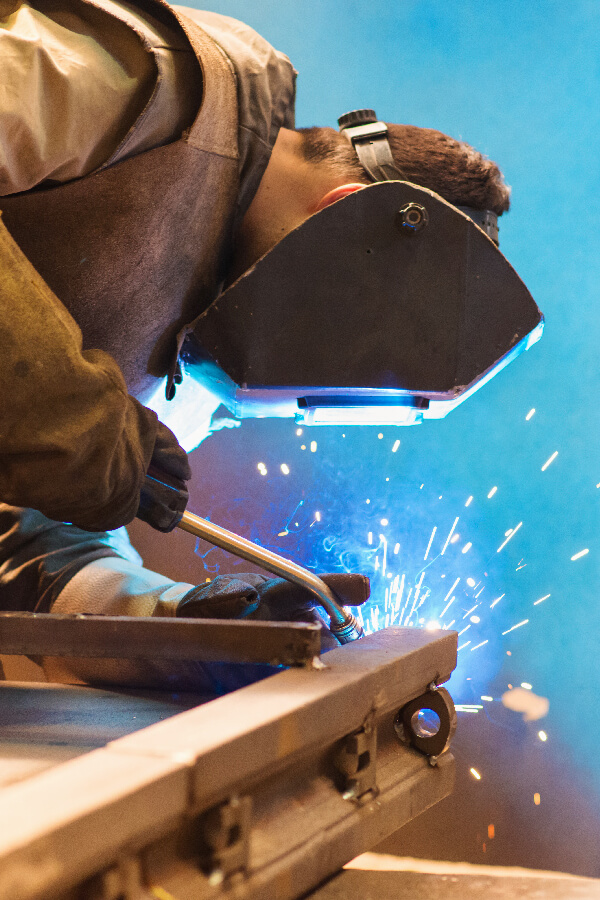
Technological solutions
We are close to you
We have offices in various countries in the Americas, and we sell to more than 25,000 customers in some 125 countries around the world.
Codinter
United States
(+1) 305-470-4513
Codinter
Colombia
(+57) 2-335-1214
Codinter
Brazil
(+55) 11-4815-1735
Codinter
Mexico
(+52) 55-4170-8207
Codinter
Venezuela
(+58) 424-414-1923
Equipment for Industries
Equipment for the metalworking industry
Due to the nature of the materials it uses and the products it manufactures, the metalworking industry needs reliable, heavy-duty, long-lasting welding and cutting equipment. Among the ideal equipment for the metalworking industry we can highlight:
Welding equipment
Since the metalworking industry refers to the sector of manufacturing that specializes in shaping, cutting, and forming metal into products, the welding equipment used has to be heavy duty.
Usually, metalworking companies owns big plants where they produce all their products. The welding equipment set in place is meant to last for many years, so it has to be reliable.
It involves working with raw metal materials like steel, aluminum, and titanium to produce intermediate or finished metal products. The following selection includes equipment that can be used for all these materials.
Cutting equipment
In essence, the metalworking industry involves transforming metal materials into parts, components and final products serving a vast array of downstream sectors using various mechanical cutting, shaping and joining processes.
That is why plasma cutting equipment plays a mayor role in the metalworking industry. Most of the time these cutting power sources feed mechanized systems. Some of the most used plasma cutting equipment in this sector are the following.
Drilling, beveling, and boring equipment
Major metalworking processes include metal machining, casting, stamping, bending, and finishing. Metalworking relies heavily on machine tools like lathes, mills, presses, power saws, grinding machines that shape, cut or form metal. It encompasses a wide range of metal fabrication processes.
Industrial finishing equipment
The metalworking industry provides inputs for many other sectors like automotive, energy, shipbuilding, railways, construction, and general fabrication. One key step in any metalworking company is the finishing they would provide to their products. This might make the difference whether their products are going to bought or not.
There are many technologies that can be set in place for an industrial finishing production line or plant. It can be electrostatic painting or liquid coating. Usually, every niche have some preference, based on what have proven to be effective.
We have solutions, not problems
Solutions for Industries
Our technical advisors have decades helping industries to produce in a safer, more efficient and profitable way. We don’t just sell products, we offer solutions that improve processes.
The energy industry is what moves civilization. The objective of the energy industry is to produce and supply…
The mining industry is responsible for the extraction, transport, and processing of solid mineral elements that can be found…
The metalworking industry usually helps other industries and plays a prominent role as a basic link in the production…
Let's talk business
How can we help you?
Leave us your information here and in record time we will be contacting you.

